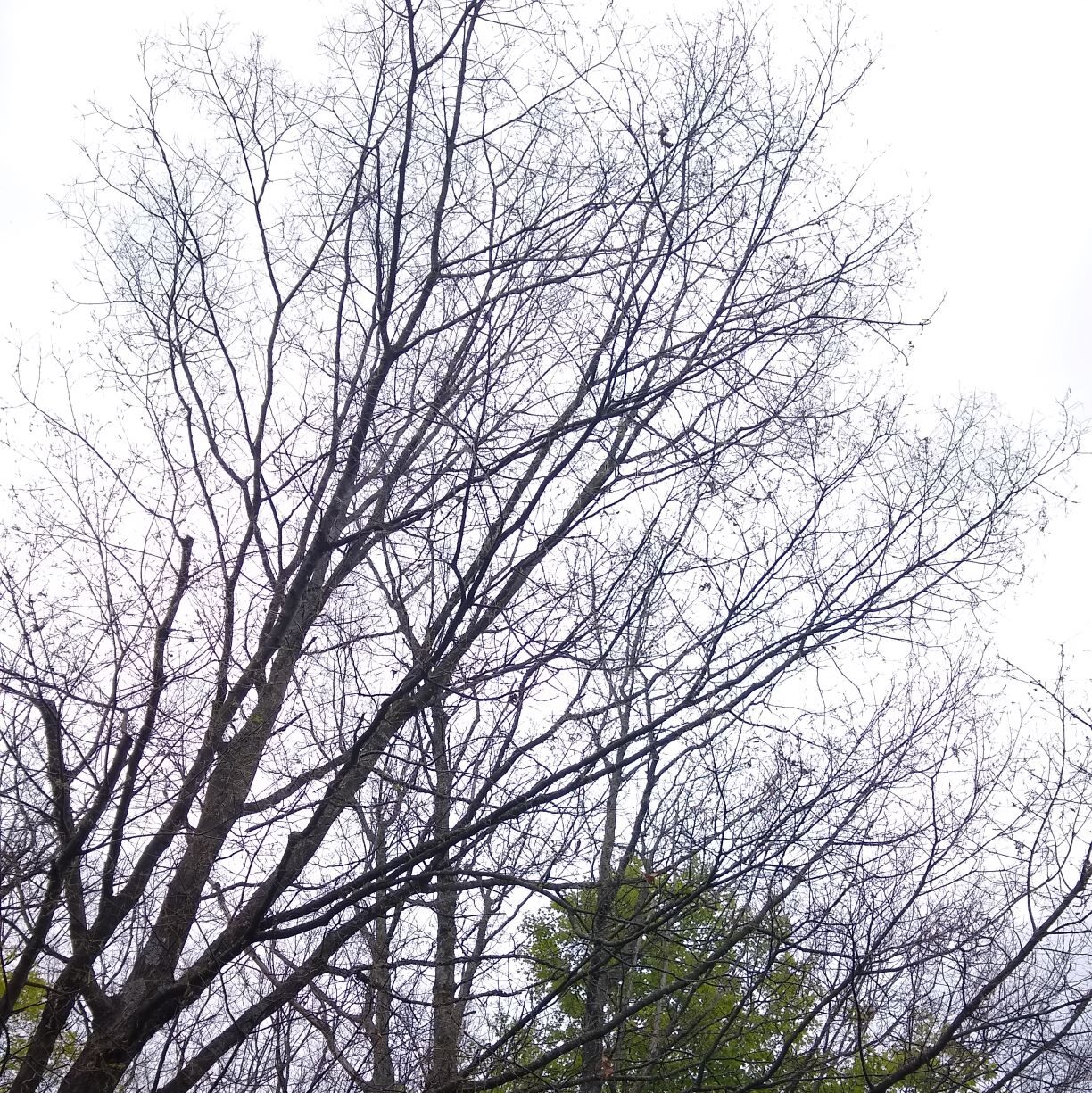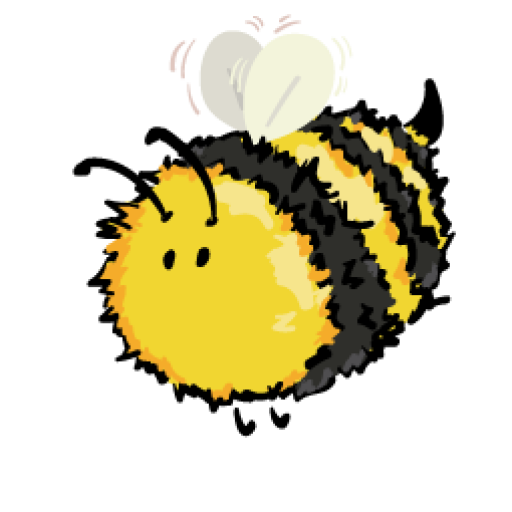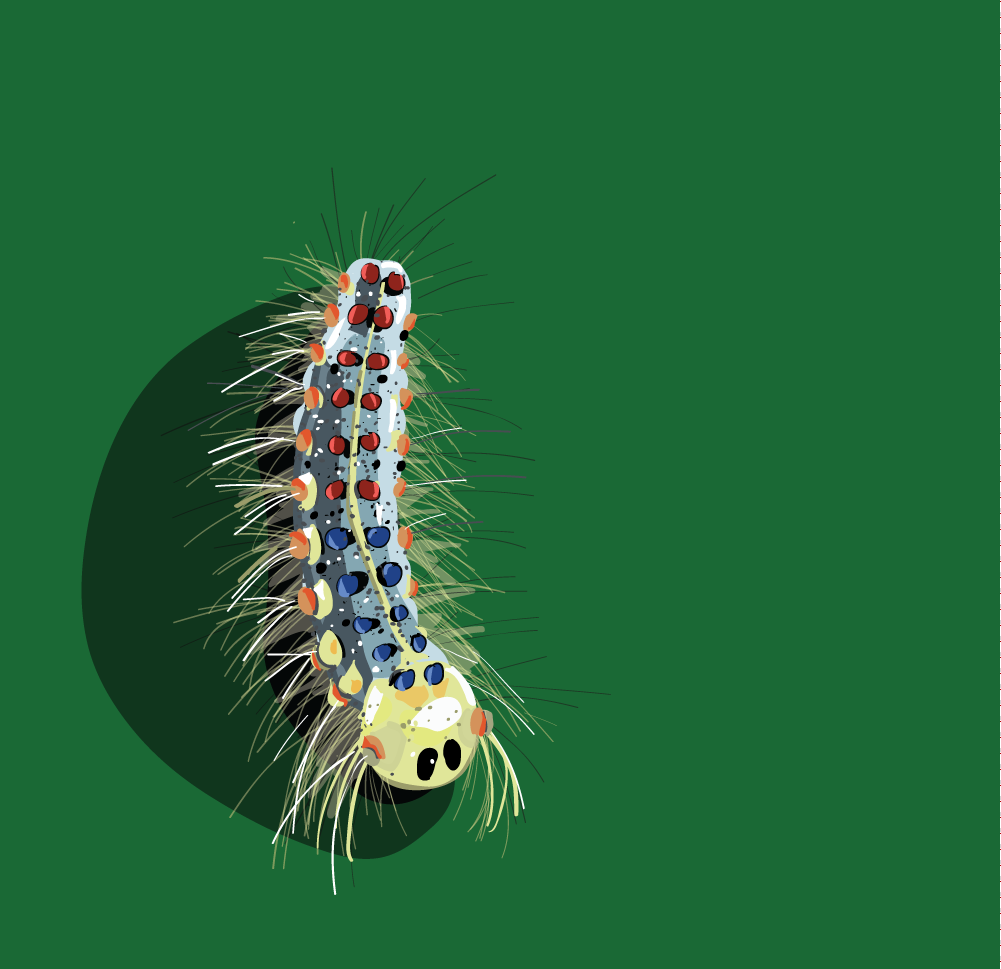Agent of destruction. Ah, no, I don’t mean the caterpillar shown here. I mean humans. We’re capable of a lot, and not all of it is great. This hungry hungry caterpillar — Lymantria dispar dispar (“gypsy moth”, hereafter “LDD moth”) — is only here because in 1868 one man thought he could use them for silk. Étienne brought them over from Europe, and “kept” them at his house. They got out, of course. When will humans learn it is one of life’s truths… Death, taxes, and they will get out.
We live here in a forest full of oaks, the LDD moth’s preferred food. Many of our trees are completely bare. In the middle of a green spring, dry leaves crunch underfoot. If we step out of our house *at all* recently, we get caterpillars all over us. The ground is slick with their frass. Later this summer, the moths will fly so thick they’ll hit us in the face. Maybe they should be called “truth moths”…
But I do not hate the LDD moth. It is a caterpillar eating leaves. There is no malice there, no forethought. Humans, on the other hand, might need a time-out to think about what we’ve done. And, importantly, what we plan to do. For nearly anything ecological today, not much has changed. We still chase quick fixes. How quickly, how quickly can I stop looking at this and pretend what I want to be normal is normal. But the complex fights our efforts to make it simple. And nothing complex will be simply solved. At least not without making more problems…

The good news is that while some outbreak years are brutal to witness, the data to date shows that these moths, even though they’re not from here, now collapse very much the same way as endemic species with outbreak cycles do. From diseases and the weight of their own populations. We are already seeing here the extraordinary number of caterpillars beginning to die off in equally extraordinary numbers. The crawling masses suddenly gone still. Healthy (deciduous) trees can withstand a couple of years defoliation. And if trees are unhealthy, well that’s a different string to follow…
It’s a tangled web indeed, but the bugs didn’t start this.
~Kate

